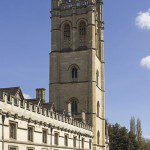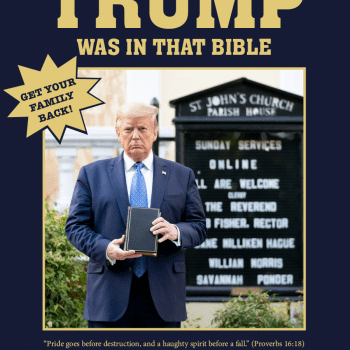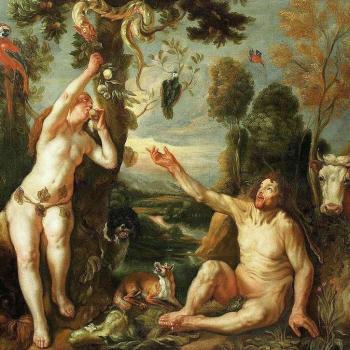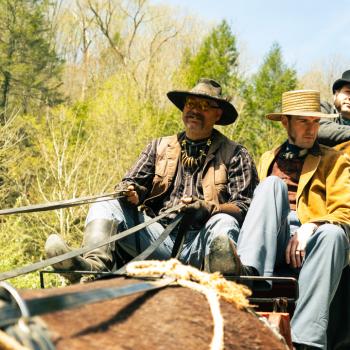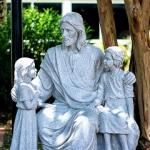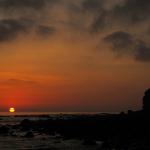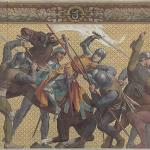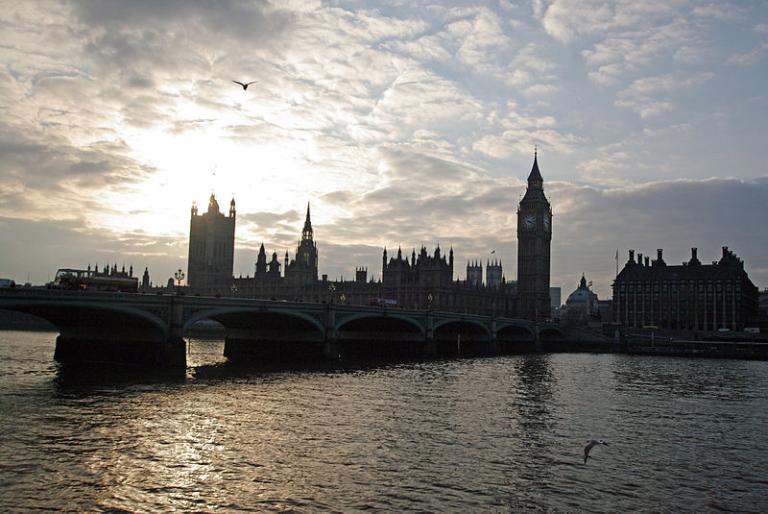
(Wikimedia Commons public domain image)
First of all, I need to explain that, for the next ten days or so, I will have limited and only occasional access to the internet and, for three of those days, very possibly none at all. So my ability to interact with people in the comments section to this blog, and to respond to emails, will be sharply restricted.
That said, it’s good to be back in London again, even if for only a couple of days (at least at this end of this trip). “When a man is tired of London,” said Samuel Johnson to his friend and biographer James Boswell in 1777, “he is tired of life.” The full quote actually runs as follows: “Why, Sir, you find no man, at all intellectual, who is willing to leave London. No, Sir, when a man is tired of London, he is tired of life; for there is in London all that life can afford.”
I can’t honestly say that I could never conceive of being tired of London; I like the English countryside, as well, and I like other cities and countrysides, too. (Switzerland and Norway come readily to mind.) And the constant bustle and noise of at least the central parts of major urban areas can grow tiresome. But London is certainly one of my favorite places to visit. And I would find it difficult to understand anybody who didn’t find the city amazingly interesting and fascinating on multiple levels.
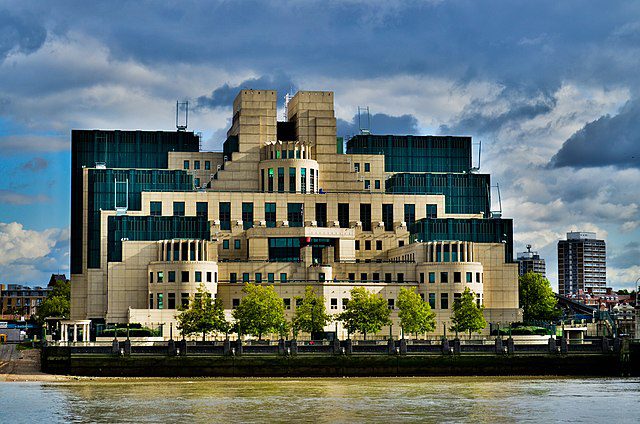
(Wikimedia Commons public domain photograph)
My wife has outdone herself this time. Our lodgings are located at the intersection of the River Thames and Westminster Bridge. Out one window, we have the iconic view across the river of Big Ben, the Houses of Parliament, the towers of Westminster Abbey, and of course the bridge — as well as, straight down the river, of the distinctive Secret Intelligence Service Building, the headquarters of MI6 (famous, among many other things, from the James Bond movie Skyfall). Directly across the river from us, as seen from a different window, is the plainly identified “New Scotland Yard.”
But my wife and I are both jet-lagged and, regrettably, we definitely won’t be enjoying our stay here to the full extent of its potential. Moreover, as, now, a certifiable geezer, I just don’t feel like staying up to the wee hours of the morning and then getting up to salute the break of dawn.
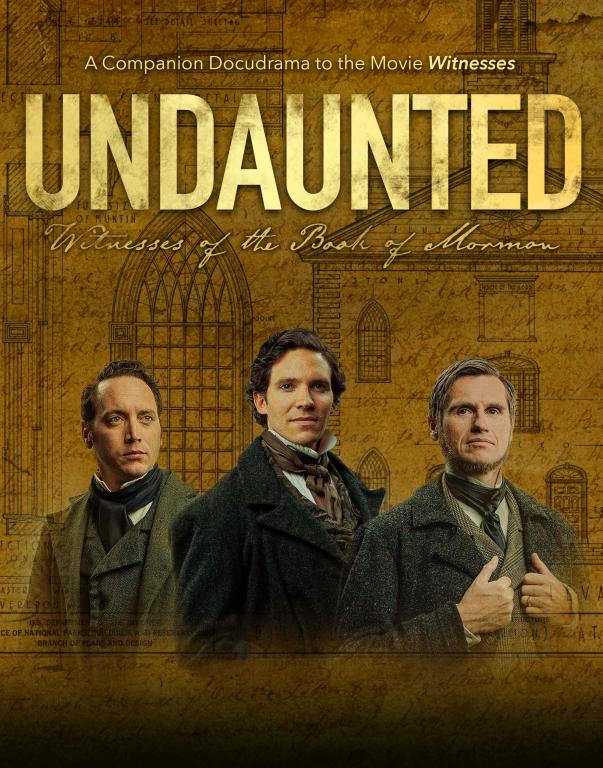
The following item went up yesterday on the website of the Interpreter Foundation: “Testimonies of the Witnesses to the Book of Mormon”
As we begin the 2024 curriculum for “Come, Follow Me,” which is focused on the Book of Mormon, it’s appropriate to consider, once more, the testimonies of the witnesses to the Book of Mormon. They represent the only “secular” evidence, the only evidence in addition to a personal spiritual witness, that has been given to us by the Lord himself. Happily, the Interpreter Foundation’s 2021 dramatic film Witnesses, its 2022 docudrama Undaunted: Witnesses of the Book of Mormon, and its more than thirty free short videos about the witnesses, as well as the Witnesses of the Book of Mormon website, are excellent resources for personal and family study, as well as for sharing with friends, neighbors, and extended family. Here are links to each of these resources:
Witnesses — https://witnessesfilm.com/
Undaunted: Witnesses of the Book of Mormon — https://witnessesundaunted.com/
Witnesses Insights — https://interpreterfoundation.org/witnesses-insights-episode-1/ (includes embedded videos, audio recordings, and transcripts)
Witnesses Insights YouTube playlist — https://www.youtube.com/playlist?list=PLRMn4gyXMWLuvSbl9qG9TlbU42oB52Nst
Witnesses of the Book of Mormon website — https://witnessesofthebookofmormon.org/
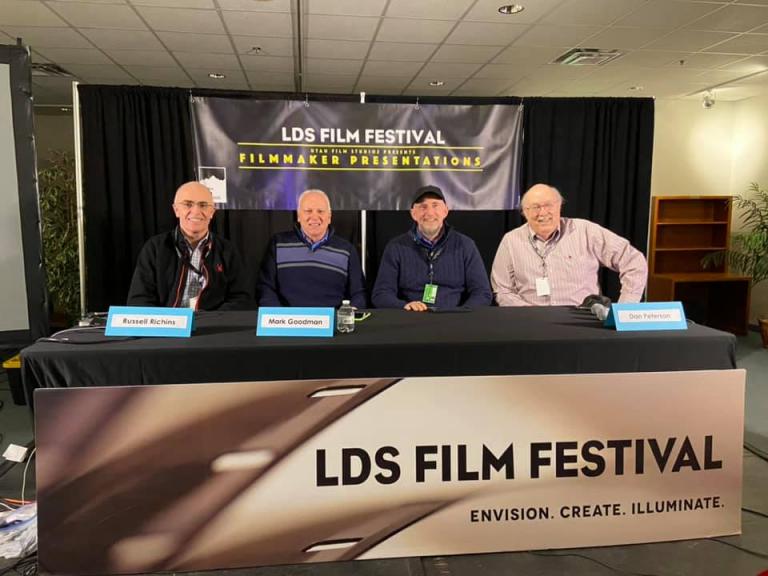
I watched a movie called Vindicta on the flight over. I chose it mainly because I had been reading a lot, and I needed a film that was shorter than two hours in order to fit it into the remaining time. I’m afraid that I can’t recommend it.
Otherwise, I spent my time re-reading C. S. Lewis’s Mere Christianity. (It’s been a while.) I was impressed all over again, except with his discussion of the Trinity. That one, I’m afraid, is a losing cause. Not even the great C. S. Lewis can make sense of it or lend it clarity. And, ironically, he really didn’t even need to try. Nicene trinitarianism is a relatively late and quite foreign intrusion into Christian thought, and not at all essential to it. (Please see my “Notes on Mormonism and the Trinity.”)
I also read the opening chapters — focused on the dramatic geological history and the initial (and surprisingly recent) peopling of the northern and southern islands — in Michael King’s Penguin History of Aotearoa New Zealand.
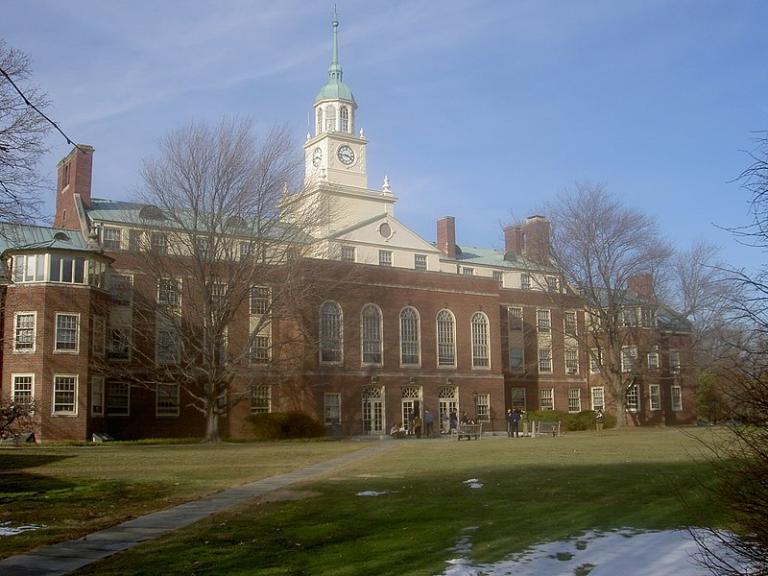
(Wikimedia Commons public domain photo)
My friend and former Maxwell Institute colleague Dr. Glen Cooper kindly called my attention, a couple of days ago, to an interesting article about the great Austrian-American a logician, mathematician, and philosopher Kurt Gödel (1906-1978). The article’s author, Alexander T. Englert, is himself associated with the Institute for Advanced Study at Princeton, as was Kurt Gödel before him.
Some of you might find it enjoyable, as well. Gödel’s belief in a Wiedersehen, an afterlife, and his rejection of atheistic materialism surprised me somewhat, and his understanding of the purpose of mortal life as a time of learning strikes me as very similar to the Latter-day Saint understanding of it: “We’ll meet again: The intrepid logician Kurt Gödel believed in the afterlife. In four heartfelt letters to his mother he explained why.”
Posted from London, England



